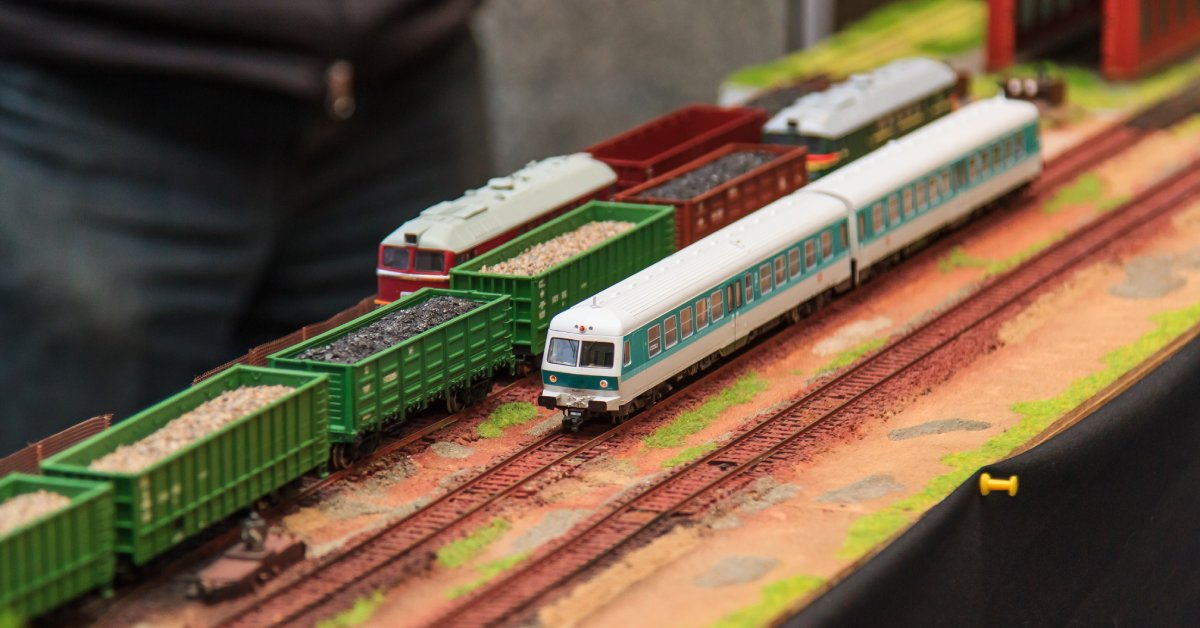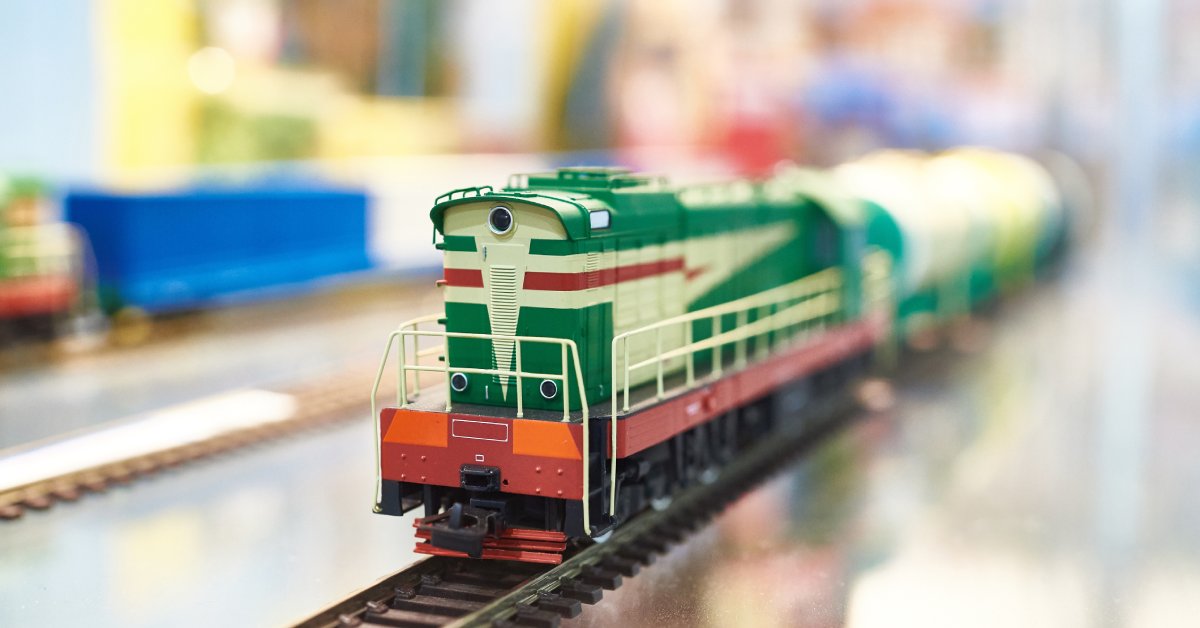Guide to Building Your Model Railway Based on History
You can have fun with model railways, and one thing you can do is base yours on history. Here’s a guide to building your model railway based on history.
by Theodore Hust • March 19, 2025
Building a model railway based on history involves more than replicating real events. It also includes reimagining history in miniature form, immersing yourself in the details, and capturing the spirit of an era. Every part of the process, from researching historical context and timelines to designing intricate scenery, offers an opportunity to learn and connect with the past.
Whether you’re recreating the dramatic landscapes of the Transcontinental Railroad or depicting the industrial boom of a 19th-century city, building a model railway based on history can be a lot of fun with this guide!
Choose a Historical Event
The first step in building a model railway is focusing on a historical event or period. This could include iconic moments, such as the construction of the Union Pacific railway or a pivotal Civil War supply line. You might even create something personal, like the railway system in your grandparents’ hometown.
Selecting an event that resonates with you will keep you motivated as you build. Research the era in detail—discover the stories, people, and places that shaped the event. This information will give you a solid foundation for your project and help you tell an engaging story through your model.

Set the Scale
After choosing a theme, the next step is deciding on the scale for your model railway. Scale refers to the size ratio between models and real trains. We prefer G scale (1:22.5). This scale is popular due to its size and versatility. Many G scale trains can be run indoors or out. So if you don’t have the room inside, you can take it out. Due to their size, they are also much easier to handle and repair than their smaller counterparts (HO, Z, S scale, etc.) If you’re looking to create something grand and immersive, consider G scale—its large size makes it perfect for showing intricate details and expansive landscapes. Also, keep in mind the historical event you’re recreating, as bigger trains and terrains may require a larger scale like G to capture the scene.
Gather References
Accuracy is key when creating a historically inspired model railway. Gather as many reference materials as possible:
- Photos
- Maps
- Blueprints
- Written accounts
- Videos
- Documentaries
- Oral histories
For example, if you’re replicating the Transcontinental Railroad, look for old photographs of locomotives, layout maps, and descriptions of the landscapes it passed through. The more information you have, the more authentic your setup will be.
Plan the Layout
Before building, create a plan. Sketch out the layout on paper or use digital software to visualize the scene. Think about the geographical features, landmarks, and structures that were present during the historical event you’ve chosen. Consider the railway’s path through mountains, rivers, or towns, and identify key elements you want to include. Creating a layout not only enhances realism but also ensures the model operates smoothly.
Choose Quality Materials
Investing in high-quality materials is crucial for creating a visually stunning and durable railway. Cheap track pieces, scenery materials, or locomotives might save you money upfront but can lead to frustration later. Opt for sturdy foam or wood for the base and realistic materials for scenery, such as trees, ground cover, and buildings. High-quality locomotives and cars look better and perform more reliably, creating a smooth experience as the trains run.
Build the Base
Every great model railway starts with a solid and reliable foundation. Begin by constructing the base using foam, plywood, or an entire table. This base will provide stability and structure for your entire model. Refer to the research you’ve done, and use topographical maps to replicate realistic terrain with rolling hills, deep valleys, and flat industrial areas.
For more depth and realism, consider layering foam sheets or using plaster to create elevation changes, which can make the layout even more dynamic. Don’t forget to plan ahead for tunnels or bridges that might require additional structural support. Putting extra care into the base will pay off in the long run, as it creates a dependable structure to build upon.
Add Scenery
Scenery transforms a simple track into a vibrant miniature world. Use a wide variety of materials to create realistic environments that match your chosen theme or era. Ground foam and static grass are great for grassy areas, and plaster and foam molds are perfect for rocky and mountainous terrain. The key is to match the scenery to the historical period or setting you’re depicting.
Customize Your Locomotives
Take your model railway to the next level by adding character and historical accuracy to your locomotive. Paint them in colors that match the time period or region you’re recreating, and consider adding decals for company logos, numbers, or graffiti if it fits the theme.
To make your trains look more authentic, consider weathering them to simulate years of use. Simple techniques, such as dry brushing or applying powders, can add dirt, rust, soot, or fading to your models, creating a realistic, aged appearance. These small details can make a big impact, turning factory-fresh models into trains that look like they’ve been running the rails for decades.
Incorporate Historical Details
It’s the minor details that set exceptional model railways apart from others. Add period-accurate signs, vehicles, and figures to populate your railway. Think about the clothing styles, the types of vehicles people drove, and the architecture of buildings from the era.
For example, a 1940s urban setting might feature gas lamps, brick buildings, and classic automobiles, while an early 1900s rural scene might include horse-drawn carriages, wooden barns, and steam engines. These historical details tell the story of your chosen setting and make a railway look like a snapshot of history.

Have Fun!
Above all, we hope you enjoy the process! Model railroading is a creative and deeply rewarding hobby that combines artistry, engineering, and storytelling. Whether you’re a beginner or a seasoned enthusiast, every step of the journey offers an opportunity to learn, create, and express yourself.
Building your model railways based on history will be fun and easy when you know what to do. Whether you’re a history enthusiast or someone who enjoys the art of miniature design, model railways combine those passions. At Only Trains, we have all the model railway tools and details you could ever need, including LGB engines. When you want to take your model railway to the next level, visit Only Trains!

